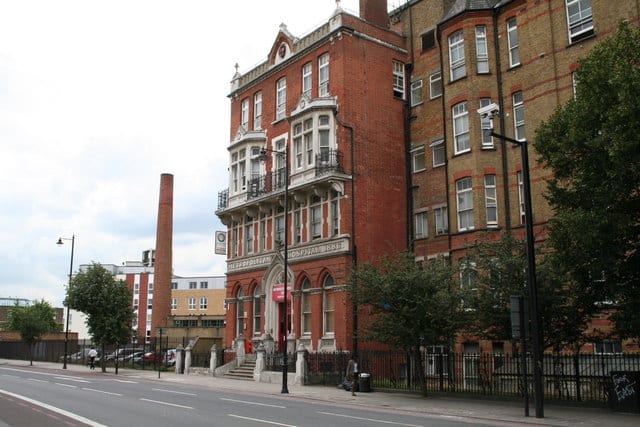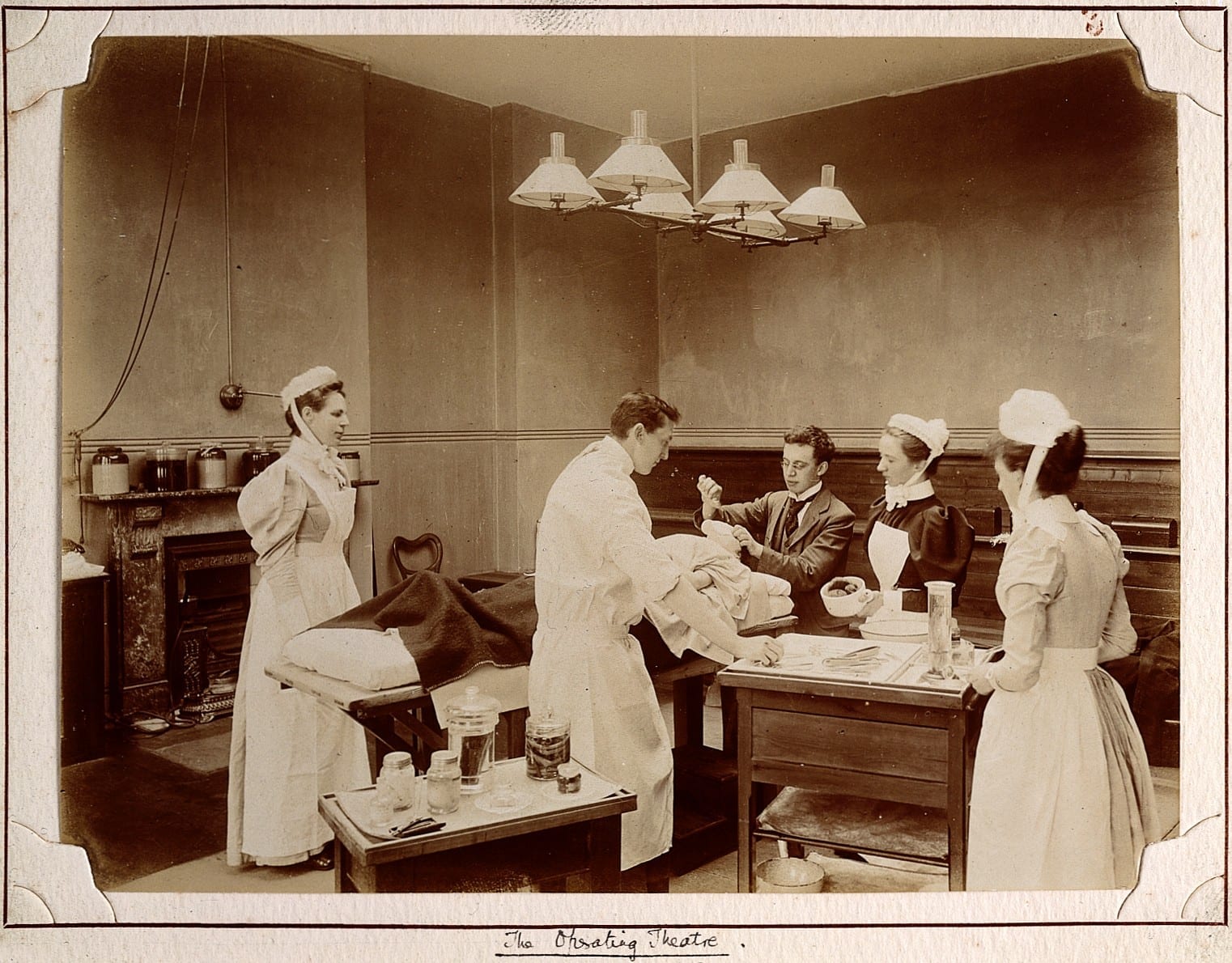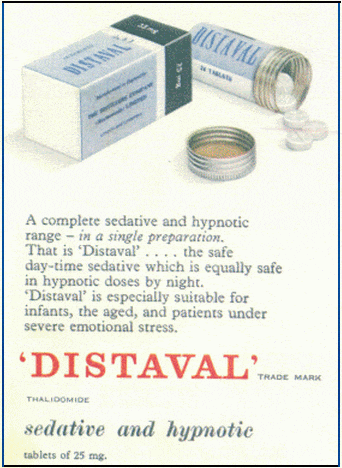 |
 |
| Metropolitan Free Hospital. Photo by Ethan Doyle White. Via Wikimedia. CC BY-SA 4.0 | Metropolitan Hospital, Kingsland Road. Photo by Dr Neil Clifton. Via Wikipedia. CC BY-SA 2.0. |
The Metropolitan Hospital was founded in 1836 to provide medical care to the indigent of London’s East End, with two physicians and three surgeons offering their services free of charge. In 1885 the hospital was moved to Kingsland Road. In 1896 two six-bed wards on the ground floor were reserved for Jewish patients, a Jewish physician was appointed to the staff, and a kosher kitchen with its own cook was located in the basement.
During World War I, the hospital was a military hospital. By 1934 some 1,900 in-patients and 29,000 out-patients were being treated there, mostly from the Hackney area. As numbers increased to some 44,000 patients seen annually, special departments were established in ENT and gynecology, and a tuberculosis dispensary was added as well.
After serving the local population for more than a century, the hospital was closed in 1977. It had been the prototype of the small hospital that was no longer consistent with the economic demands of modern healthcare. Times had changed since a decade earlier when it still fulfilled a useful function. Around 1963 it had on the second floor two wards, one for men and one for women, each with about forty patients. On the first floor was a busy outpatient department were patients were seen every afternoon by one of the five consultants appointed to the hospital. Many tabetic patients were still being seen there, a relic of the past days of rampant syphilitic infections. They had all been treated with penicillin but came for routine follow up. They exhibited the classical stigmata of tertiary syphilis, the small often unequal Argyll Robertson pupils unreactive to light but not to accommodation, a positive Romberg sign (unsteadiness on standing with eyes closed), and diminished pain on having their Achilles tendon squeezed, another sign of posterior column involvement by the spirochete.
Supervising the resident medical staff were five rotating consultant physicians, some also attending at Bethnal Green Hospital or St. Bartholomew’s. One of them was the brother of the famous film star David Niven. The resident medical staff consisted of a senior registrar and two housemen or interns. These were usually graduates of St. Bartholomew’s Medical School and were up to date with all the recent advances in medical practice. One of them had become aware that barbiturates were no longer adequate for providing his patients with a good night’s sleep. He instead routinely prescribing the new modern hypnotic Distaval, known as the proprietary name of thalidomide.
 |
 |
| The operating theatre, Metropolitan Hospital, London. Wellcome Images L0022572. Via Wikimedia. CC BY 4.0. | Advertisement for Distaval. Source. |
GEORGE DUNEA, MD, Editor-in-Chief
Summer 2020 | Sections | Hospitals of Note

Leave a Reply